Coneshaped Hydrangeas: The Showstoppers Of The Garden
Cone-Shaped Hydrangeas: The ShowStoppers of the Garden
Hydrangeas are one of the most popular flowering shrubs in the world, and for good reason. They come in a wide variety of colors, sizes, and shapes, and they can add a touch of elegance and beauty to any garden.
Cone-shaped hydrangeas are a type of hydrangea that is known for its distinctive conical flower clusters. These hydrangeas are typically larger than other types of hydrangeas, and they can reach heights of up to 10 feet. Cone-shaped hydrangeas are also known for their long bloom time, which can last for several months.
There are several different types of cone-shaped hydrangeas, including:
- Oakleaf hydrangeas (Hydrangea quercifolia): These hydrangeas are native to the eastern United States, and they are known for their large, oak-shaped leaves and their conical flower clusters. Oakleaf hydrangeas can be grown in USDA hardiness zones 4-9.
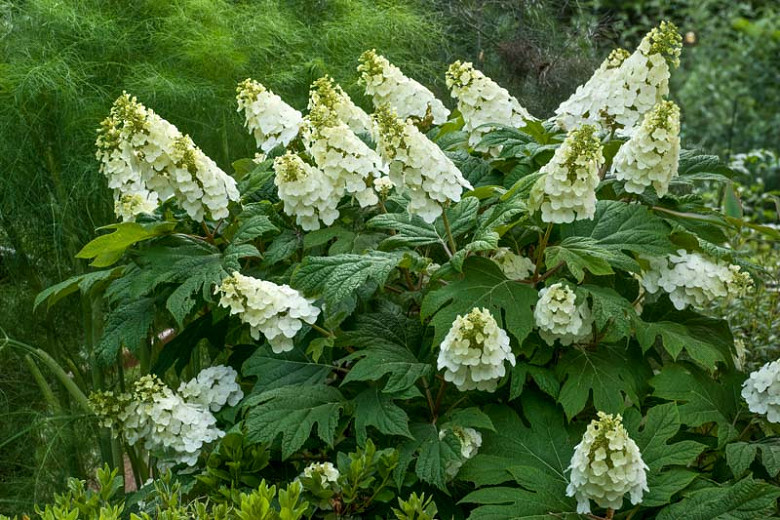
- Smooth hydrangeas (Hydrangea arborescens): These hydrangeas are native to eastern North America, and they are known for their smooth, oval leaves and their conical flower clusters. Smooth hydrangeas can be grown in USDA hardiness zones 3-9.
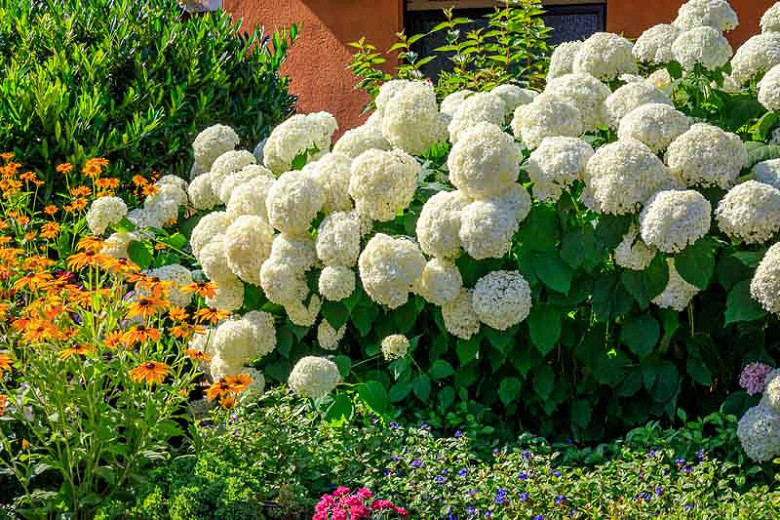
- Panicle hydrangeas (Hydrangea paniculata): These hydrangeas are native to Asia, and they are known for their large, panicle-shaped flower clusters. Panicle hydrangeas can be grown in USDA hardiness zones 3-8.
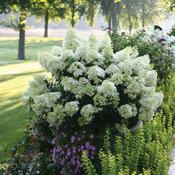
Cone-shaped hydrangeas are relatively easy to care for, but they do require some special attention. These hydrangeas prefer full sun to partial shade, and they need well-drained soil. Cone-shaped hydrangeas should be watered regularly, especially during the summer months.
To help your cone-shaped hydrangeas bloom their best, you should fertilize them in the spring and fall. You can use a balanced fertilizer, such as 10-10-10. You should also deadhead your hydrangeas regularly to encourage new growth.
Cone-shaped hydrangeas are a beautiful and versatile addition to any garden. They can be grown in a variety of settings, and they can be used to create a variety of different looks. Whether you are looking for a tall, stately hydrangea or a smaller, more compact variety, there is a cone-shaped hydrangea that is perfect for you.
Cone-shaped hydrangeas are a beautiful addition to any garden. They have large, showy flower heads that can last for weeks. If you're interested in learning more about these amazing plants, I recommend visiting . This website has a wealth of information on cone-shaped hydrangeas, including their history, care, and cultivation.
In addition to providing comprehensive information on cone-shaped hydrangeas, also features beautiful photos of these plants. These photos will give you a better idea of what cone-shaped hydrangeas look like and how they can add beauty to your garden.
So if you're interested in learning more about cone-shaped hydrangeas, I encourage you to visit . You won't be disappointed!
FAQ of cone shaped hydrangea
Question 1: What is a cone shaped hydrangea?
A cone shaped hydrangea is a type of hydrangea that produces conical-shaped flower heads. These hydrangeas are typically white or pink, but can also be blue or purple. They are a popular choice for gardens because they are relatively easy to care for and they provide a long season of blooms.
Question 2: How do I care for a cone shaped hydrangea?
Cone shaped hydrangeas need full sun to partial shade and well-drained soil. They should be watered regularly, especially during the summer months. In the spring, you can fertilize your hydrangea with a balanced fertilizer.
Question 3: How do I shape a cone shaped hydrangea?
Cone shaped hydrangeas can be shaped by pruning. You should prune your hydrangea in the spring, before the new growth begins. To shape your hydrangea, simply cut back the stems to just above a fat bud. This will encourage new growth and help to maintain the conical shape of your hydrangea.
Question 4: What are some common problems with cone shaped hydrangeas?
Some common problems with cone shaped hydrangeas include:
- Leaf spot: This is a fungal disease that can cause brown spots on the leaves of your hydrangea. To control leaf spot, you can spray your hydrangea with a fungicide.
- Powdery mildew: This is another fungal disease that can cause a white powdery coating on the leaves of your hydrangea. To control powdery mildew, you can spray your hydrangea with a fungicide.
- aphids: These small insects can suck the sap from the leaves of your hydrangea, causing them to wilt and yellow. To control aphids, you can spray your hydrangea with insecticidal soap or neem oil.
Question 5: What are some tips for growing cone shaped hydrangeas?
Here are some tips for growing cone shaped hydrangeas:
- Choose a location with full sun to partial shade.
- Plant your hydrangea in well-drained soil.
- Water your hydrangea regularly, especially during the summer months.
- Fertilize your hydrangea in the spring with a balanced fertilizer.
- Prune your hydrangea in the spring, before the new growth begins.
- Watch for pests and diseases and treat them promptly.
Image of cone shaped hydrangea
- Panicle hydrangea. This is the most common type of cone-shaped hydrangea. It has large, conical flower clusters that can grow up to 12 inches long. The flowers start out white or cream-colored and then turn pink or red as they age.
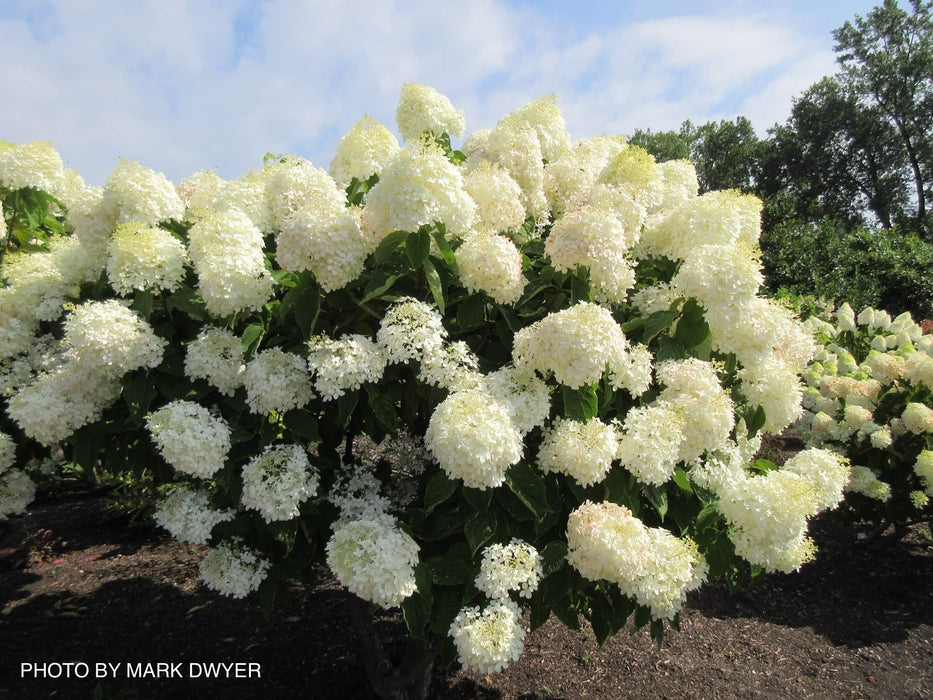
- Oakleaf hydrangea. This type of hydrangea has smaller, conical flower clusters that are arranged in a pyramidal shape. The flowers are typically white or blue, but they can also be pink or red.
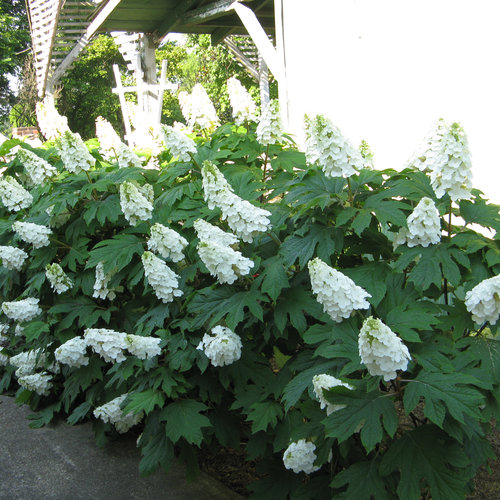
- Limelight hydrangea. This is a type of panicle hydrangea that is known for its bright lime green flowers. The flowers start out yellow and then turn lime green as they mature.
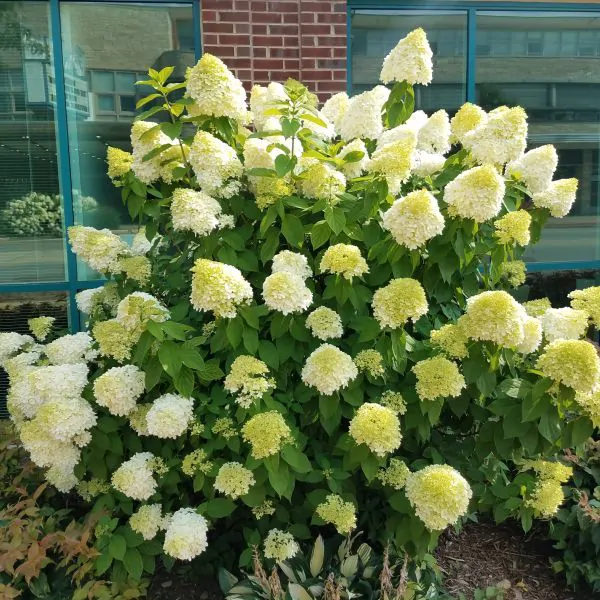
- Quickfire hydrangea. This is another type of panicle hydrangea that is known for its early bloom time. The flowers start to bloom in early summer and can last until fall.
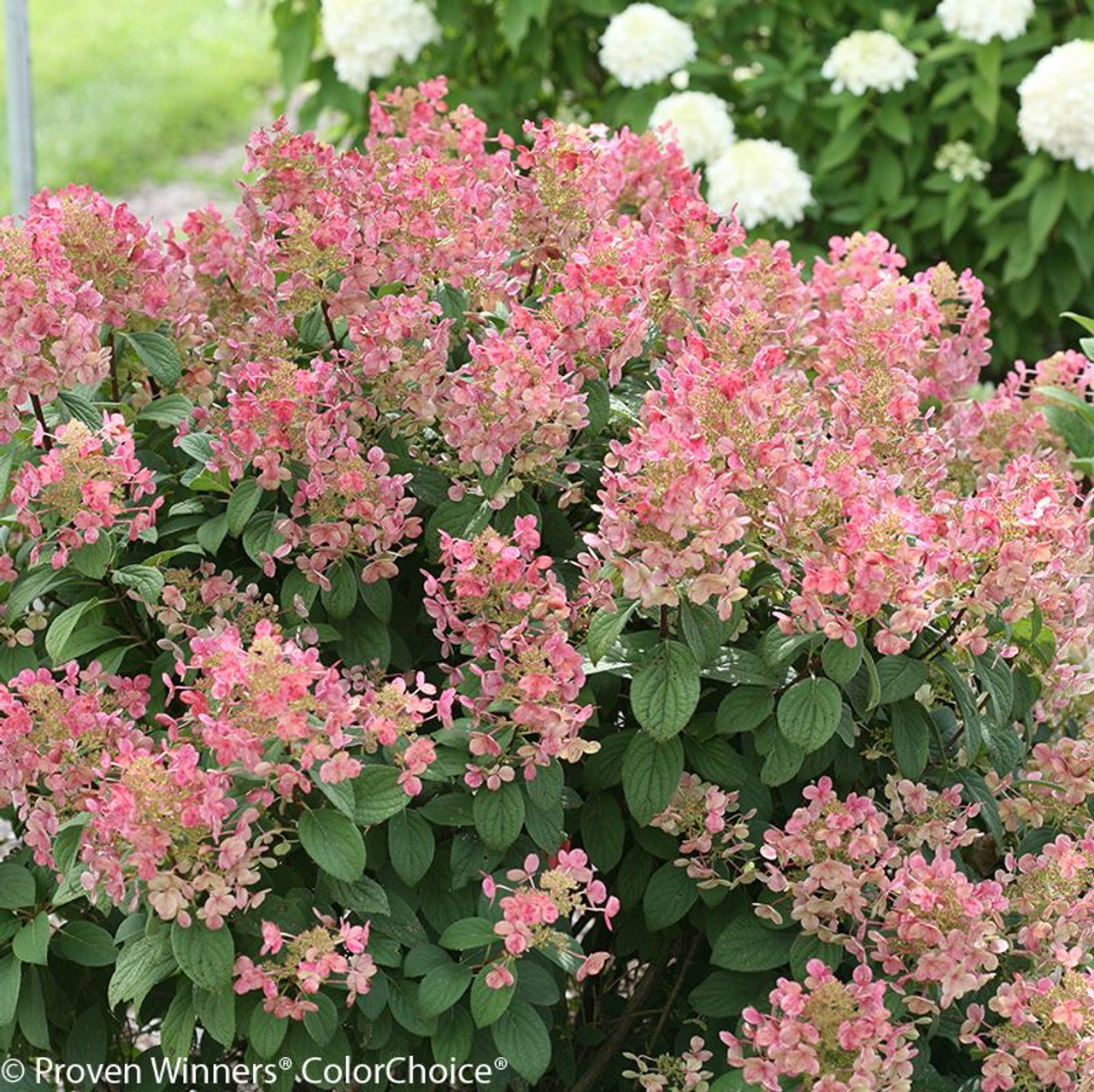
- Serrata hydrangea. This type of hydrangea has small, conical flower clusters that are arranged in a cascading shape. The flowers are typically white or pink, but they can also be blue.
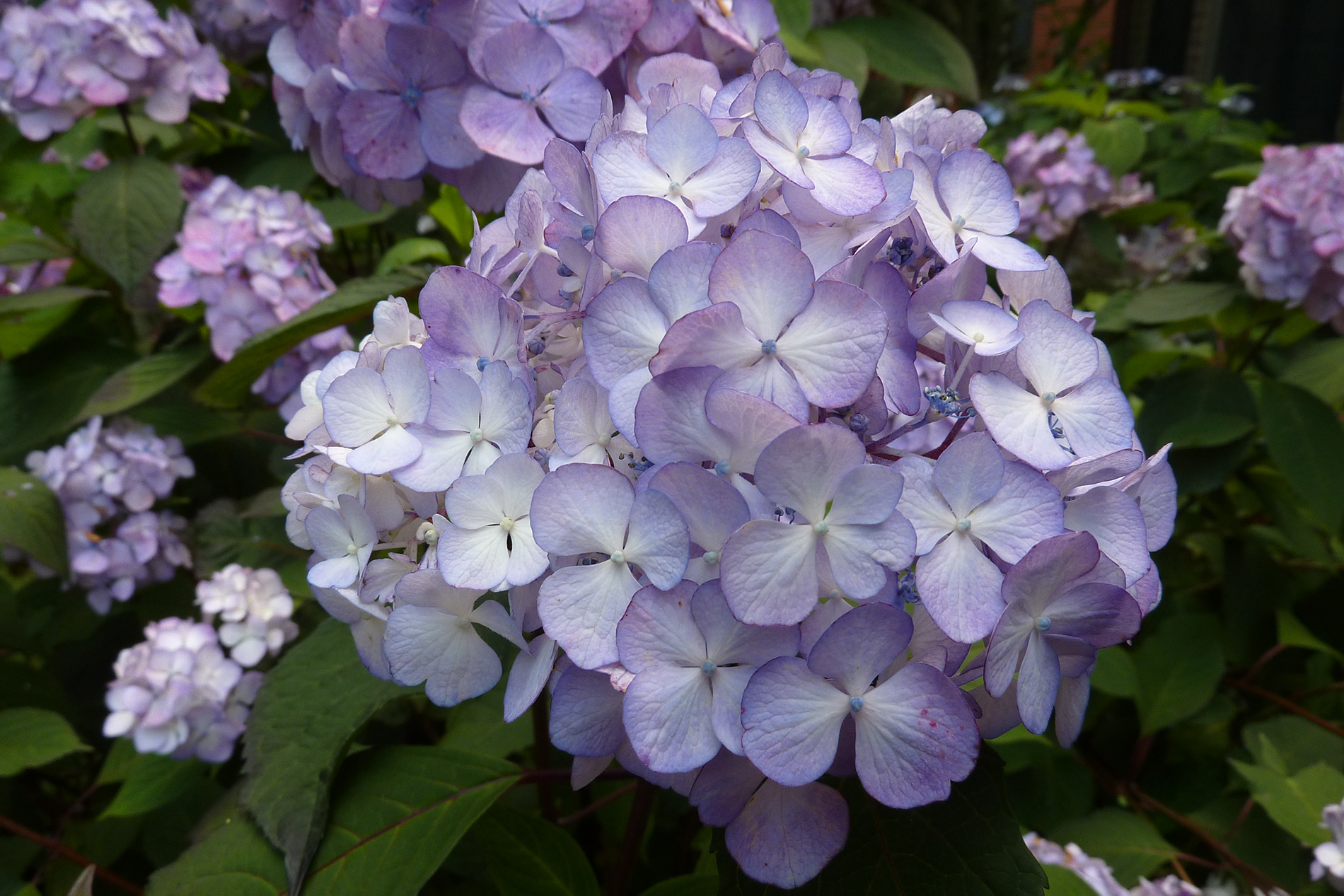
Post a Comment for "Coneshaped Hydrangeas: The Showstoppers Of The Garden"